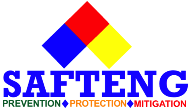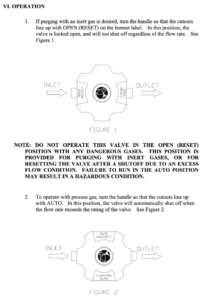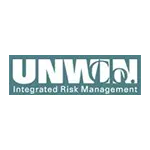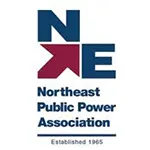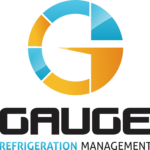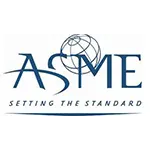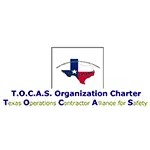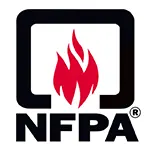Let us help you make sense of PSM / RMP!
My friend Brian Chapin will be offering an open-enrollment PSM/RMP class in Burleson, Texas, July 8th to 11th, 2025. Brian is an absolute pro in NH3 Refrigeration Process Safety. Anyone who attends will also get a FREE membership to SAFTENG. You can get more information on the class with this link.
CLICK HERE to Renew your Membership
CLICK HERE for a NEW Membership
CLICK HERE to see eligibility requirements for FREE Membership
If you have any questions, please contact m
SAFTENG has:
- Over 18,000 categorized unsafe acts/conditions and accident/injury photos
- Over 1,500 ppt's & doc's in the SAFTENG Library
- Over 4,000 Technical Articles on Process Safety, Emergency Response & OSH topics
- Over 450 videos (those not allowed on YouTube Channel)
Many THANKS to my NEW Members and those who CONTINUE to support SAFTENG:

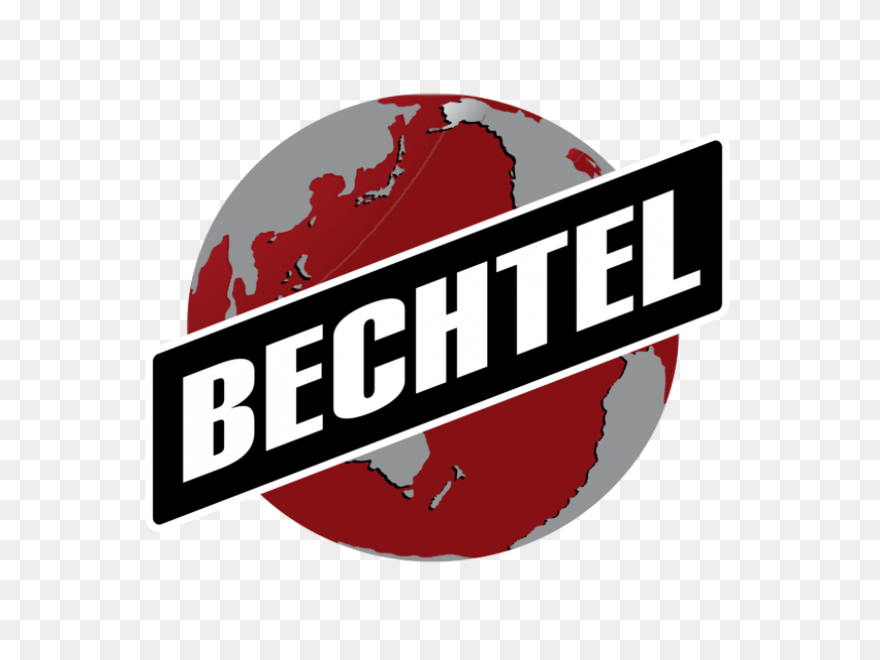







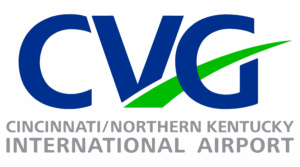

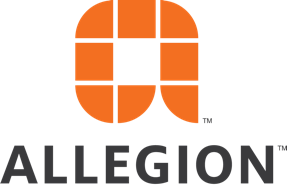
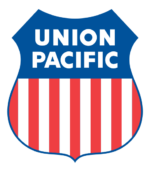

October 19, 2024
Following the investigation of a natural gas explosion in Loudon County, Virginia, in 1998, the National Transportation Safety Board (NTSB) recommended (Recommendation P-01-002) that PHMSA require that excess flow valves be installed in all new and renewed gas service lines, regardless of a customer’s classification, when the operating conditions are compatible with readily available valves....
Read More
October 19, 2024
When we encounter a manufacturing facility that has been pulled into OSHA’s PSM or EPA’s RMP, we are almost certain to find the same design features for the emergency stop functions (i.e., E-Stops). Most of these facilities are shocked to learn there is a big difference between the location of an E-Stop on a machine or conveyor and one on a hazardous materials process. If we think about...
Read More
October 19, 2024
I believe in Excess Flow Valves and Check Valves, even though I have seen them fail more often than work as hoped. However, these failures are “human failures” in the incorrect design (e.g., sizing and placement) of the process where these valves are utilized. The valves are highly reliable when they are DESIGNED, INSTALLED, and TESTED per the manufacturer’s requirements/recommendations....
Read More
October 19, 2024
Some Excess Flow Valves (EXFVs) models can be placed into a position that would render them useless in their intended function. I have encountered this scenario more than once during my PHAs, Investigations, Audits, etc. There are not many manufacturers that incorporate this failure mode in their designs, but there a couple that do; and for those that do, I HIGHLY RECOMMEND these valves be placed into...
Read More
October 19, 2024
What prevents excess flow valves from closing when the line breaks? There are plenty of things that can prevent EFVs from operating as designed. These include design failures, mechanical failures due to poor or no maintenance, and “human failures.” 1. Not a Clean Break For one or a combination of the following reasons, excess flow valves have been prevented from closing in emergencies:...
Read More
October 19, 2024
I am aware that NFPA 58 applies to LPG installations; however, with the “dumbing-down” of many RAGAGEPs, I am always looking for the BEST DESIGN for my process safety functions. I do wish the IFC would define/quantify where remote activation stations must be, as they did decades ago. But for now, I use NFPA 58, which states: 6.13.4 Remote Shutdown Station. 6.13.4.1 At least one remote shutdown...
Read More
October 19, 2024
Is your facility using Building Information Signs for emergency responders? This requirement from the International Fire Code (IFC) is rarely adopted by states, but this is a great thing, especially when coupled with a Knox-Box access. Here is how the Fire Service – Building Information Signs are supposed to look and say… J101.1 SCOPE New buildings shall have a building information...
Read More
October 19, 2024
The simple explanation of what is happening… Styrene (Stabilized) is shipped with an “inhibitor.” This inhibitor is TIME and TEMPERATURE dependent. Should the inhibitor expire and/or the solution exceed its safe temperature, the inhibitor weakens, and the Styrene will begin to polymerize (chemical reaction), which is an EXOTHERMIC reaction with “run-away” potential. This...
Read More
October 19, 2024
Once again, a great friend and former colleague invited me to discuss safety and culture at his new workplace with his C-Suite team. As usual, he was spot on in his thinking about safety. He has been with this organization for nine months and has recognized that in those nine months, every aspect of the business has been discussed, except… Yep, Safety! This is a publically traded company but...
Read More
October 19, 2024
This is one of my favorite videos to use in my SMS Training courses (with approval from HR). Some of the scenes are over-the-top fake graphic scenes, but they are so over-the-top that I hope adults can handle them. The video mocks Lagging Indicators and Pizza Parties, which most of us have come to recognize as ways to manage safety poorly. Unfortunately, this still happens in many workplaces (e.g.,...
Read More
October 19, 2024
Hose failures during the unloading/loading of HAZMATS are still causing many problems for far too many businesses. We have discussed the process side and the DOT container site engineering requirement for when the hose fails. This post is a list of requirements that we should be incorporating into our HAZMAT safety programs regarding the use of hoses. Each hose assembly used for transferring...
Read More
October 19, 2024
Golden Rule #1: Always recognize and understand the hazardous properties of your dust/ powder materials Golden Rule #2: Always identify the equipment and areas of the facility where dust, fire, and explosion hazards exist Golden Rule #3: Always provide and maintain appropriate fire and explosion protection Golden Rule #4: Always Ensure personnel are trained on hazards and hazard controls Golden Rule...
Read More
